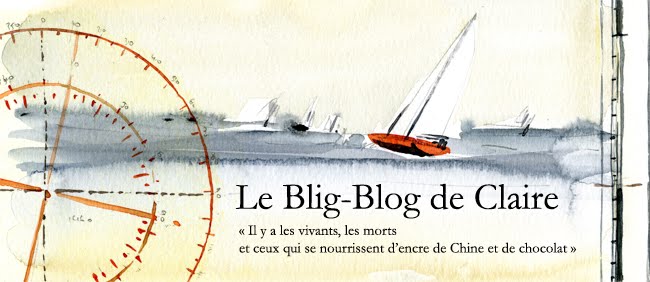
For one single artist to an entire team
To be Served in a dark room.
Ingredients
Ink and solvents, tools (roller, spatula), Plexiglas tables
Asian paper for the traced monotype
pegbars or any personal calibration system
Scotch tape (to tape the pegbars)
A digitization system: it can be a camera stand with a digital camera and a pegbar as well as a scanner on which we would have Scotch taped a pegbar (or equivalent system of calibration). If your camera is a reflex one you might have a remote capture software that goes with it that enables you to take the pictures directly on and from your laptop.
A Computer
Any kind of software that makes movies from a series of images. You can also see your animation directly in Photoshop (in version CS3 vor higher) but can’t export it as a video. Any editing or compositing software that use a timeline will work perfectly. You can create a video in the following types of software: Adobe Premiere, Adobe After Effects, Final Cut Pro, IMovie, IStop Motion or Movie Maker
Preparing the animation shot
It is about getting to know what you want to see moving and how many images you need to do for that. The basic principle of animation (as well as film) is to creating a movement from a series of still mages. A film projector screens 24 frames per second. Animators usually do 12 images per second that they double to obtain 24 frames on the film strip (or digital equivalent) and get a fluid movement. There are tricks to do animation with fewer images: for example using a cross fade between two or three images to create a sunrise or a sunset.
You can also use a reference video broke down in a series images (or sketches) for helping you in doing the animation (which is called “rotoscope” in animation)
Preparing the paper.
Animation requires a calibration system therefore the use of punched sheets of paper and a peg bar to maintain the position of the image at the exact same place during the entire process is required. It’s possible to do animation without any calibration but it might take a while at the end to shift the images to the right place in order to obtain a fluid, registered animation; the peg bar system is used to avoid that possible waste of time at the end.
Doing the traced monotypes
Prepare the ink and roll it on a Plexiglas. Tape your peg bar. Put an Asian punched sheet of paper then a normal punched sheet of paper to trace on (to avoid tracing directly on the back of the Asian paper). You can trace directly on a printed image, a series of printed images from a video or simply take sketches you’ve done from a video as a reference. Take off the sheets of paper, let the monotype dry, re-roll some ink and do the next iamge of the animation shot.
Digitization of the monotypes
Scan the images or take digital stills using a camera stand. The peg bar system will ensure accurate image registration.
Making a movie from the image series
Using appropriate hardware and software (see up in the “ingredients” paragraph), put all the images in a timeline double them, re-time the sequence if necessary, export the film as a video and…watch it!
Or.. you can also shoot it on a 16mm camera, that still works very well. Do not forget to shoot twice each image in that case.





Aucun commentaire:
Enregistrer un commentaire